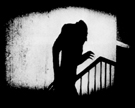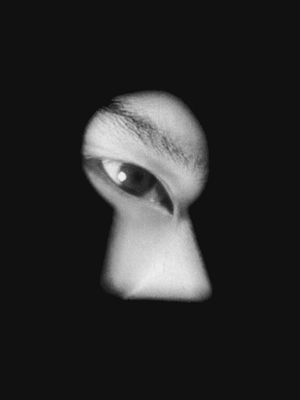 Active Program
Active Program  Active Program
Active Program
|
|
|
Actors: |
   |
|
|
|
|
|
|
|
 |
You can buy the score of this film-classical. Please click here to order.This recording was made live on an 8-track recorder and was reworked later in a studio. It offers the rough charm of a live concert. price: 12.-€ plus dispatch |
 |
THE BLOOD OF A POET |
|
There has never been a film like Le Sang d'un Poete (Blood of a Poet). It was not only the first film made by Cocteau, one that ignited another satisfying scandal, but it brought all his diverse talents into focus in a medium that was new to him. The work represents an aesthetic milestone in Cocteau's career. The idea of a film had its germination during a house party given by Charles and Marie-Laure de Noailles at Hyeres in 1929. Georges Auric, Cocteau's lifelong musical collaborator, surprised his hosts by announcing that he wanted to compose the score for an animated cartoon. Cocteau was asked on the spot to provide a scenario. After some discussion, the Noailles agreed to give Cocteau a million francs to make a real film with a score by Auric. This became The Blood of a Poet, still one of the most widely viewed of all Cocteau's screenworks. Cocteau described its disturbing series of voyeuristic tableaux as "a descent into oneself, a way of using the mechanism of the dream without sleeping, a crooked candle, often mysteriously blown out, carried about in the night of the human body." Technically, The Blood of a Poet reflects Cocteau's trials and errors as a novice filmmaker who had to turn irreversible mistakes to his advantage and improvise every celluloid foot of the way. During shooting, he used the dust raised by studio cleaning men to enhance the mysterious atmosphere of the final scenes. Special weightless effects were obtained by camera trickery to show the little girl flying up to the ceiling and the poet moving painfully along the corridor wall. Once Cocteau discovered that he could turn shooting disasters into happy accidents, he was off on a career of making films that carried his cachet of surprises: the miraculous mirror and mercury scene in Orphee, he live arms holding candlebra from he walls of La Belle et la Bete, and the accelerated time sequences of flowers opening in Le Testament d'Orphee are only a few of his trucs. Lee Miller - star of the film Blood of a Poet Luis Bunuel's film, L'Age d'Or, similarly financed by the Noailles at the same time, had indeed violently attacked the Church and the military. Its premiere at Studio 28 in November 1930 set off riots by ultraconservatives, who threw stink bombs, shouted protests, and spattered ink in the time honoured manner of Parisian demonstrators ever since Victor Hugo's Hernani in 1830. The Surrealists, including Breton, Dali, and Tzara, noisily defended Bunuel's film and derided Cocteau's. It was no doubt this brawling furore that made the Noailles suppress Cocteau's film and leave Paris until the storm blew over. The commotion over The Blood of a Poet further upset Jean Cocteau because Valentine Hugo, his old friend from Le Pirquey days, had now become the mistress of Andre Breton, Cocteau's unrelenting Surrealist foe. This alliance kept Valentine and Jean apart for the rest of their lives. |
    |